 spieth12@spiethstorage.com
spieth12@spiethstorage.com +86 18006010205
+86 18006010205
CATEGORIES
NEW PRODUCTS
CONTACT US
-
 Tel : +86 18006010205
Tel : +86 18006010205
-
 E-mail : spieth12@spiethstorage.com
E-mail : spieth12@spiethstorage.com
-
 Address : Tongan Park, Tongan District, Xiamen, China 361023
Address : Tongan Park, Tongan District, Xiamen, China 361023
Efficient and Cost-Effective Manual Dock Levelers
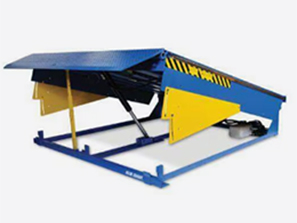

item No: MDL-007
Manual dock levelers are cost-effective and durable solutions designed to bridge the gap between loading docks and trucks, ensuring smooth and safe transitions for loading and unloading. They are operated manually, offering a low-maintenance option for businesses with moderate traffic and straightforward dock needs.
Manual dock levelers are cost-effective and durable solutions designed to bridge the gap between loading docks and trucks, ensuring smooth and safe transitions for loading and unloading. They are operated manually, offering a low-maintenance option for businesses with moderate traffic and straightforward dock needs.
DESCRIPTION
Packaging & Shipping
FAQ
Manual dock levelers, also known as mechanical dock levelers, are a cost-effective and reliable solution for bridging the gap between the loading dock and the trailer, ensuring a smooth transition for loading and unloading goods. These levelers require manual operation, making them ideal for environments where a low-maintenance, durable option is preferred. Below is a description of the manual dock leveler through multiple modules:
Construction & Design:
Material: Typically made of heavy-duty steel, manual dock levelers are built to endure high-traffic environments and heavy loads. The durable construction ensures they can withstand the rigors of daily use.
Deck and Lip: The leveler features a steel deck with a hinged lip that extends to create a bridge between the dock and the truck bed. The lip is designed to rest securely on the truck, providing a safe and stable surface for workers.
Surface Finish: The steel surfaces are often coated with a rust-resistant finish to protect against corrosion from the elements and maintain longevity.
Operation Mechanism:
Manual Adjustment: Manual dock levelers use a mechanical lifting mechanism that allows the operator to raise or lower the platform to the desired height. This is typically done through a hand crank, which adjusts the leveler’s height in small increments to match the height of the truck bed.
Simple Mechanism: The simplicity of the manual operation means fewer components could break down, reducing maintenance needs. Operators can adjust the leveler as needed, allowing for flexibility and ease of use.
Spring Assist or Counterbalance: Some manual levelers feature a spring assist or counterbalance system, making it easier to lift and lower the platform, especially when dealing with heavier loads.
Safety Features:
Automatic Lip Extension: When the dock leveler is lowered into position, the lip automatically extends, ensuring that the platform aligns securely with the truck bed. This prevents accidental separation during loading/unloading.
Non-Slip Surfaces: The surface of the leveler is often textured or coated with anti-slip materials to provide a secure walking surface for operators, reducing the risk of slipping during operation.
Safety Bars or Guardrails: Some manual dock levelers are equipped with safety bars or guardrails that provide extra protection during loading operations, helping prevent falls or accidents.
Load Capacity & Versatility:
Load Capacity: Manual dock levelers are designed to handle a wide range of load capacities, typically from 20,000 to 50,000 pounds, depending on the model. This makes them suitable for various industries, including warehouses, distribution centers, and manufacturing facilities.
Adjustable Heights: They offer flexibility in terms of height adjustment, making them compatible with various truck heights and types. While manual models typically don’t offer as much height variance as hydraulic or air-powered models, they can still provide adequate solutions for most dock applications.
Maintenance & Durability:
Low Maintenance: With fewer moving parts compared to powered models, manual dock levelers have a low maintenance requirement. Periodic checks for wear and tear are recommended, but overall, these levelers are easy to maintain.
Durability: Designed for heavy-duty environments, manual dock levelers are built to withstand harsh conditions, including constant use, heavyweight, and exposure to outdoor weather elements.
Cost Efficiency:
Lower Initial Cost: One of the main benefits of manual dock levelers is their relatively low initial cost compared to powered options. Since they don’t require electricity or hydraulics, the upfront investment is lower.
Operational Savings: Because there is no reliance on power sources (like electricity or compressed air), the ongoing operational costs are minimized, making manual dock levelers a cost-effective choice for many businesses.
Applications:
Warehouse Operations: Manual dock levelers are ideal for warehouses or distribution centers with moderate loading and unloading volumes, where speed and automation are less of a concern.
Small to Medium Businesses: These levelers are often used in smaller businesses or facilities that don’t require the advanced features of powered or hydraulic models but still need an efficient and safe way to load and unload goods.
Summary:
Construction & Design:
Material: Typically made of heavy-duty steel, manual dock levelers are built to endure high-traffic environments and heavy loads. The durable construction ensures they can withstand the rigors of daily use.
Deck and Lip: The leveler features a steel deck with a hinged lip that extends to create a bridge between the dock and the truck bed. The lip is designed to rest securely on the truck, providing a safe and stable surface for workers.
Surface Finish: The steel surfaces are often coated with a rust-resistant finish to protect against corrosion from the elements and maintain longevity.
Operation Mechanism:
Manual Adjustment: Manual dock levelers use a mechanical lifting mechanism that allows the operator to raise or lower the platform to the desired height. This is typically done through a hand crank, which adjusts the leveler’s height in small increments to match the height of the truck bed.
Simple Mechanism: The simplicity of the manual operation means fewer components could break down, reducing maintenance needs. Operators can adjust the leveler as needed, allowing for flexibility and ease of use.
Spring Assist or Counterbalance: Some manual levelers feature a spring assist or counterbalance system, making it easier to lift and lower the platform, especially when dealing with heavier loads.
Safety Features:
Automatic Lip Extension: When the dock leveler is lowered into position, the lip automatically extends, ensuring that the platform aligns securely with the truck bed. This prevents accidental separation during loading/unloading.
Non-Slip Surfaces: The surface of the leveler is often textured or coated with anti-slip materials to provide a secure walking surface for operators, reducing the risk of slipping during operation.
Safety Bars or Guardrails: Some manual dock levelers are equipped with safety bars or guardrails that provide extra protection during loading operations, helping prevent falls or accidents.
Load Capacity & Versatility:
Load Capacity: Manual dock levelers are designed to handle a wide range of load capacities, typically from 20,000 to 50,000 pounds, depending on the model. This makes them suitable for various industries, including warehouses, distribution centers, and manufacturing facilities.
Adjustable Heights: They offer flexibility in terms of height adjustment, making them compatible with various truck heights and types. While manual models typically don’t offer as much height variance as hydraulic or air-powered models, they can still provide adequate solutions for most dock applications.
Maintenance & Durability:
Low Maintenance: With fewer moving parts compared to powered models, manual dock levelers have a low maintenance requirement. Periodic checks for wear and tear are recommended, but overall, these levelers are easy to maintain.
Durability: Designed for heavy-duty environments, manual dock levelers are built to withstand harsh conditions, including constant use, heavyweight, and exposure to outdoor weather elements.
Cost Efficiency:
Lower Initial Cost: One of the main benefits of manual dock levelers is their relatively low initial cost compared to powered options. Since they don’t require electricity or hydraulics, the upfront investment is lower.
Operational Savings: Because there is no reliance on power sources (like electricity or compressed air), the ongoing operational costs are minimized, making manual dock levelers a cost-effective choice for many businesses.
Applications:
Warehouse Operations: Manual dock levelers are ideal for warehouses or distribution centers with moderate loading and unloading volumes, where speed and automation are less of a concern.
Small to Medium Businesses: These levelers are often used in smaller businesses or facilities that don’t require the advanced features of powered or hydraulic models but still need an efficient and safe way to load and unload goods.
Summary:
Manual dock levelers offer a reliable, durable, and cost-effective solution for bridging the gap between a loading dock and a truck. They are easy to operate and maintain, making them ideal for environments with moderate traffic and less emphasis on automation. With safety features and customizable load capacities, they can serve a wide range of industrial needs.
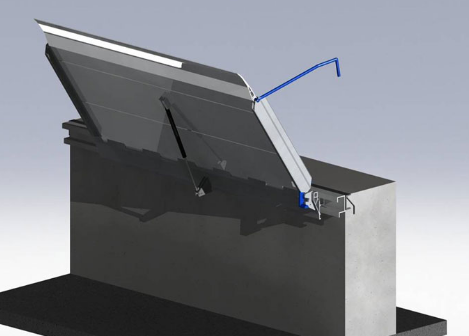
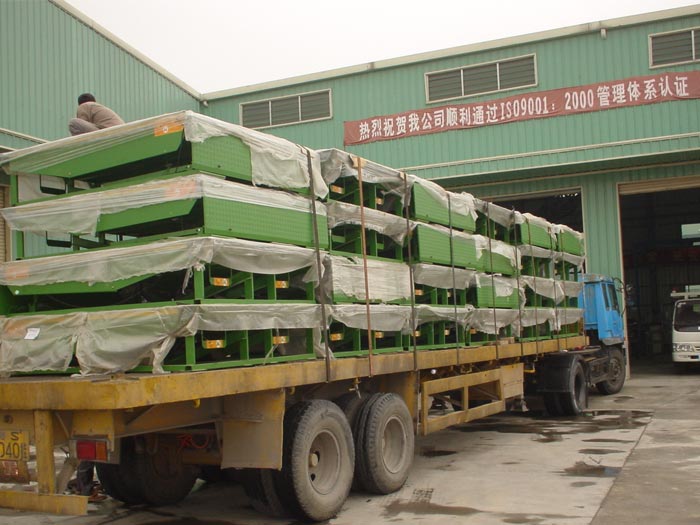

-
Do you offer samples available?Yes, samples are available. Sample lead time 3-5days generally.
-
Do you offer custom design?Custom design is surely available. we have very rich experience in customizing shelves.
-
What is the term of payment?Regularly, 30percentTT in advance,70percent against the copy of B/L.
-
What is your delivery time?Usually: 1*20' GP container, around 15 days; 1*40'GP container, around 20days; For some urgent orders,will adjust as your requirement accordingly.
-
Are you manufacturer or trading company?We are manufacturer. Our factory has been specializing in warehouse storage equipments for years. We warmly welcome you to visit our factory at anytime.
Send Message
if you have questions or suggestions,please leave us a message,we will reply you as soon as we can!
Subject: Efficient and Cost-Effective Manual Dock Levelers
Send Message
ONLINE SERVICE
-

-
 +86 18006010205
+86 18006010205 -
 +86 18006010205
+86 18006010205
 0
0
Browsing History







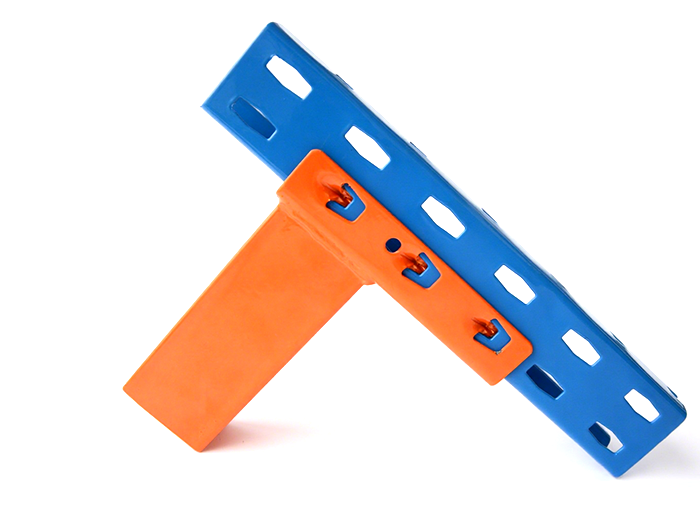
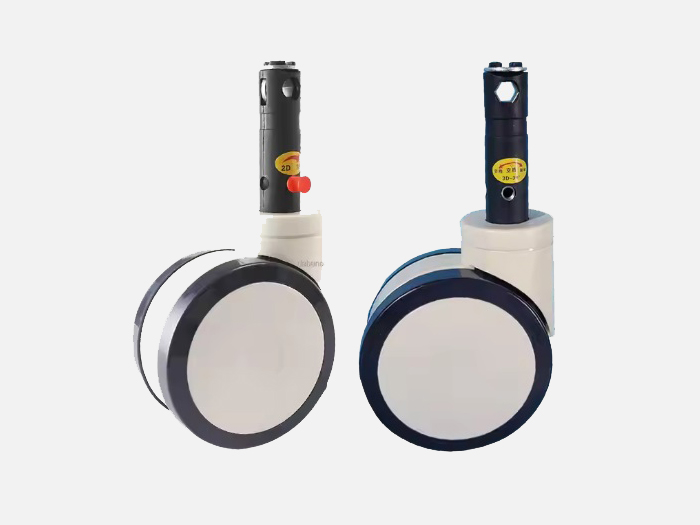

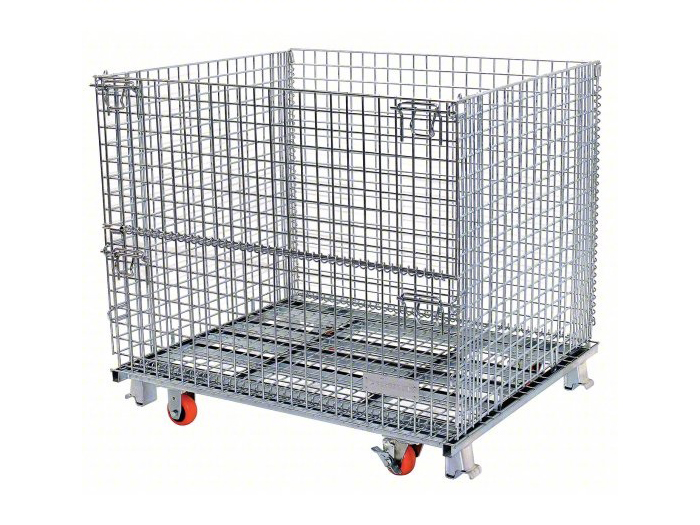
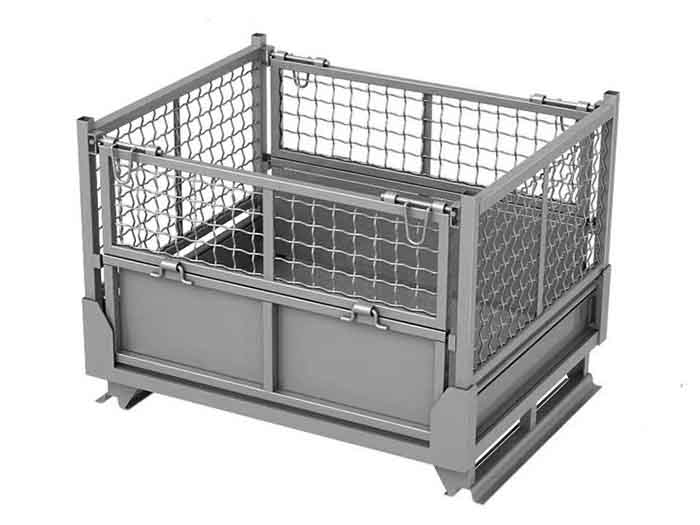



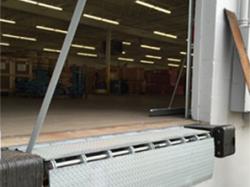



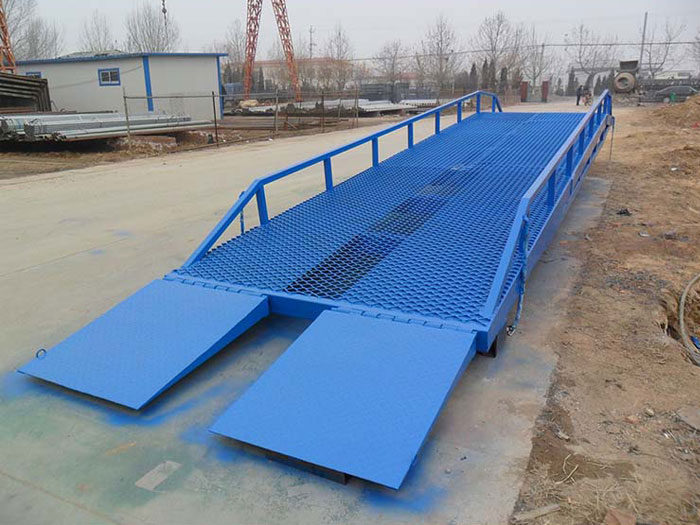

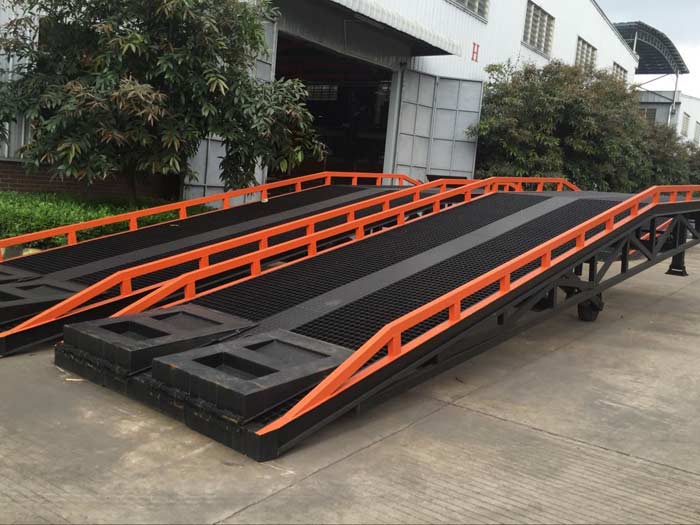
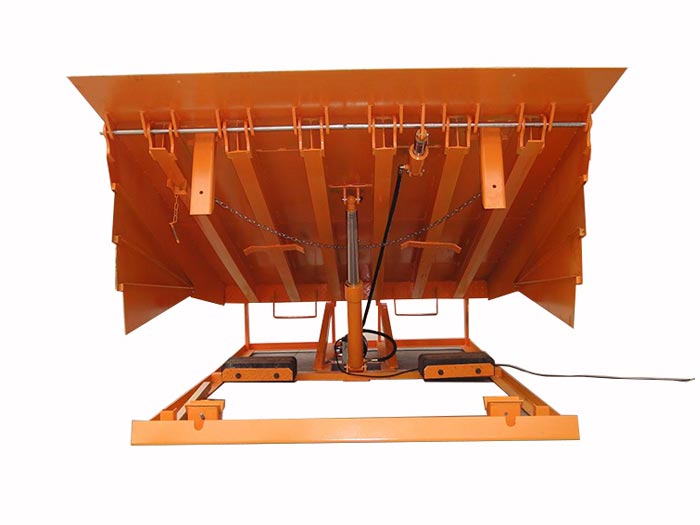
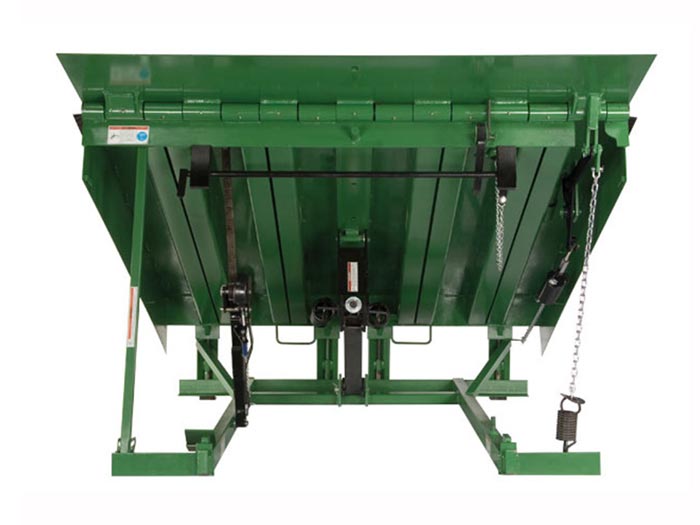
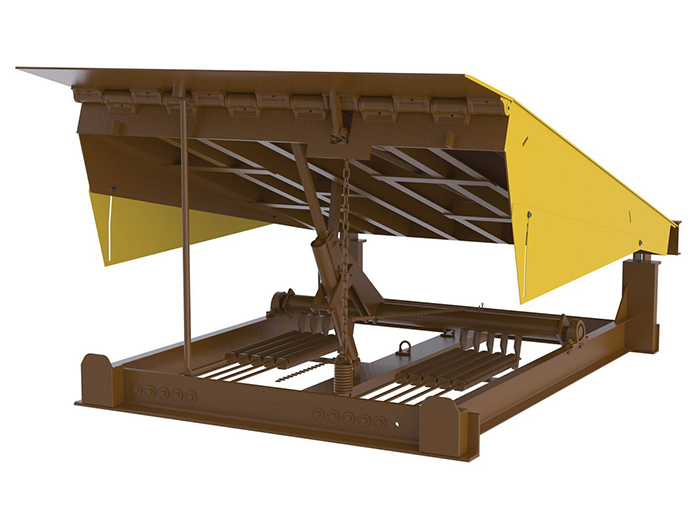
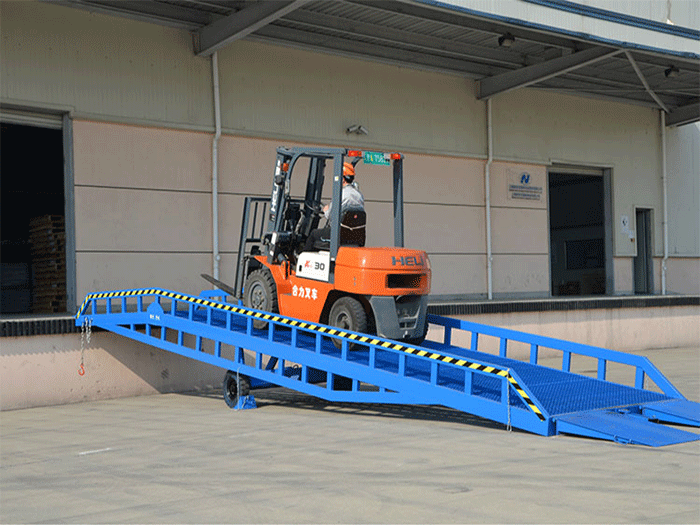
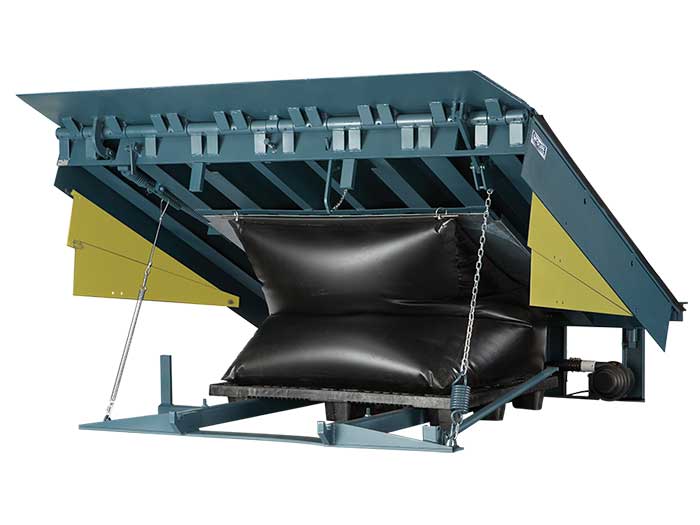
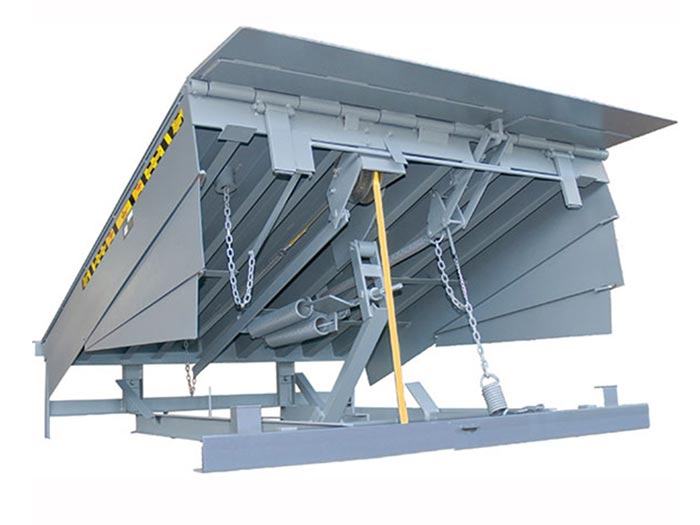









 link:
link:




